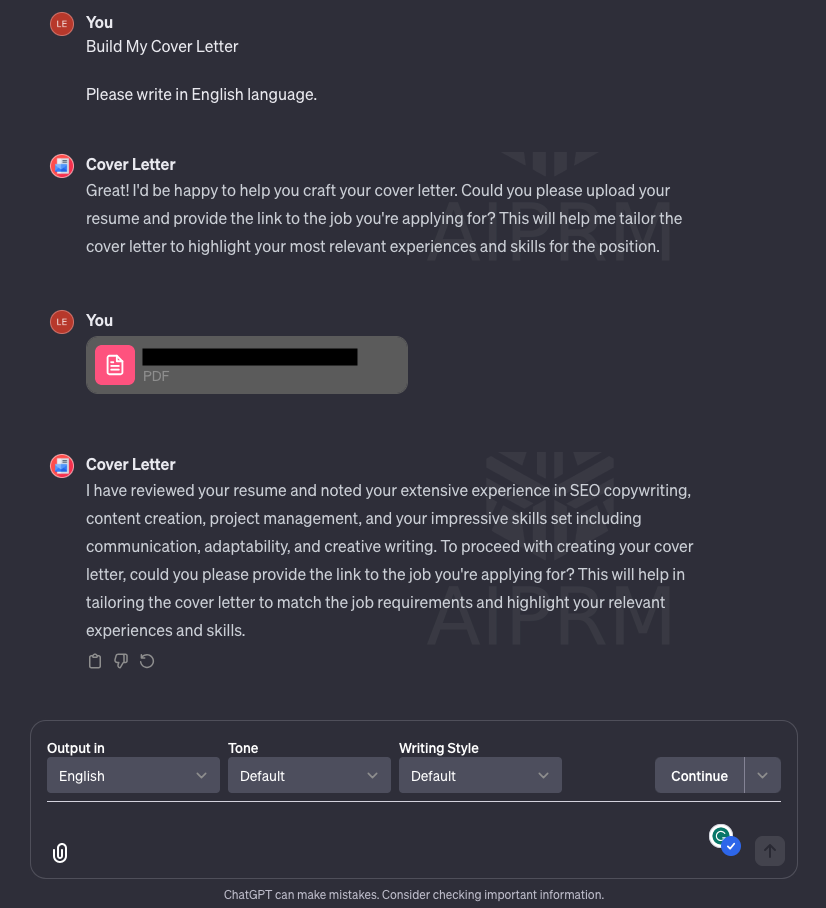Improving Vision Care for Remote Workers in the Digital Age
As digital transformation is no longer optional but instead inevitable across workplaces, employers must be equipped to adapt to the changes in workflows and employee management.
As such, a previous post highlights adaptation strategies for digital-ready companies and organisations, from acknowledging employees’ feelings and concerns to providing diverse learning opportunities.
Since the adjustment to new technologies and workflows can also influence employee well-being, the post also emphasises the role of mental health support.
Besides mental health, another growing wellness concern among digital workplaces is that of vision care. Data reveals that due to new ways of working, more than 1 in 3 people in the UK fear deteriorating eyesight.
Additionally, 42% of British working adults believe that the increased screen time due to remote or hybrid working has negatively affected their eyesight, giving rise to symptoms like difficulty reading, headaches or migraines, and poorer night vision.
Since eyesight is crucial to employee productivity, performance, and overall well-being, here’s how employers can improve vision care for their remote workers and take full advantage of the benefits of digital transformation.
Include vision insurance
One of the most straightforward ways employers can aid in workplace eye health is by including vision insurance in their health benefits packages.
A report released on the National Eye Health Week in 2022 notes that 17.5 million people haven’t had an eye test in the last two years, citing the cost of eye care as the main reason for missing out on routine checkups.
However, with employers financially supporting their employees’ eye tests, they can monitor their vision health and detect any warning signs of common eye conditions associated with increased screen time, such as dry eye syndrome.
Early detection of potential vision problems can also contribute to proper prevention and management, be it through eyewear, medication, or surgery.
Consider the cost of eyewear
Eyewear is the most common form of prevention and treatment for vision impairments that may otherwise be caused or worsened by environmental factors like prolonged screen time.
So, apart from eye exams, employers must also consider fully or partially covering the cost of employees’ corrective or protective eyewear.
This way, remote workers can afford high-quality prescription glasses from the top eyewear brand Ray-Ban, as its frames are at a higher price point than most budget retailers.
Besides featuring iconic designs like the browline Clubmaster, Ray-Ban frames are made of durable materials that ensure long-term vision health and protection for the wearer.
Prioritize eye-friendly technologies
Besides supporting vision care through eye exams and eyewear, employers who provide digital transformation tools can also promote the adoption of these technologies without compromising eye health by ensuring they're eye-friendly.
When supplying employees with essential work equipment like computer monitors, they can prioritise brands or models with an Eyesafe certification.
For example, the Lenovo ThinkVision UHD monitor is Eyesafe-certified, which means it meets the requirements for low blue light emissions and colour accuracy and thus ensures visual comfort and protection among screen users.
Digital screens can also come with a special coating to minimise blue light exposure and avoid straining the eyes of remote workers throughout their shifts.
Overall, these vision care and wellness initiatives must be complemented by a healthy workplace culture that encourages regular screen breaks and flexible hours.
By reminding remote workers to rest and unplug from time to time, they can do their job more efficiently without having to sacrifice their vision and overall eye health.



